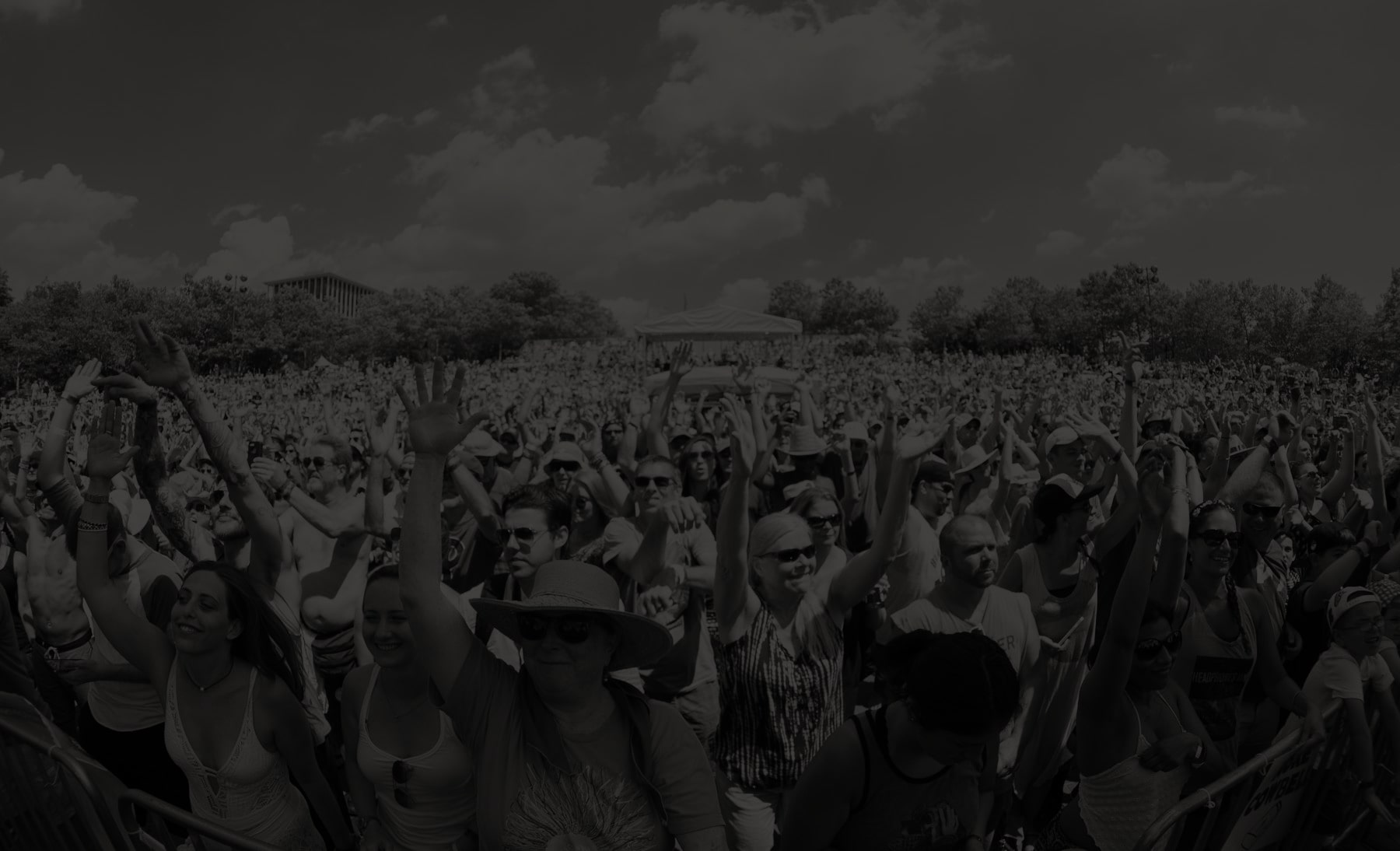
Sleepy Hollow Celebrates the Periphery of the Grateful Dead
There’s certainly been plenty said over the past couple of days about the Grateful Dead. Friday’s #XPNDeadDay provided an expansive window into the band’s history for fans and non-fans alike (and if you were lucky enough, you may have even heard a prototype of “Casey Jones” and Bob Weir handling vocals on “Dire Wolf” sometime around 3:00am on Saturday morning). Since the Dead were never much for brevity, we thought we would continue the discussion with some Dead-related selections to suit your weekend mornings.
Throughout the late ’60s the Grateful Dead made their name as a hard-edged, blues influenced voice in the San Francisco psychedelic scene (for which they were essentially the house band), but by 1970 they had begun to re-invent themselves, becoming more focused on folk and roots music. Their Workingman’s Dead and American Beauty releases would mark the halfway point in the first wave of country-rock, and further the influence felt from artists like The Byrds, Buffalo Springfield, and Gram Parsons/The Flying Burrito Brothers. It’s no surprise, then, that many artists sought the Dead out to aid in their studio efforts, here are a few of our favorites, with special attention to the Dead’s guiding force, Jerry Garcia.
David Bromberg – “The Main Street Moan”
Though he is equally known for his sideman-roles with artists like Bob Dylan and Jerry Jeff Walker, David Bromberg has been releasing excellent albums of his own since the early 1970s. On two of his recordings, 1972’s Demon in Disguise and 1974’s Wanted Dead or Alive, Bromberg took advantage of the Dead’s ever-growing synergy as a collective unit, employing Jerry Garcia, Phil Lesh, Bill Kruetzman, and keyboardist Keith Godchaux for some of those albums’ finest moments. And though the Dead/Bromberg relationship may have hit a peak on the incredibly funky workout “Sharon” (which Beastie Boys fans will recognize as the sample featured on “Johnny Ryall”), this subtle track from side one of Wanted Dead or Alive comes in at a close second. The acoustic interplay between Bromberg and Garcia (flanked by Andy Statman on mandolin) ranks among the best that either musician would record, and it shows just how far Garcia had come in his playing, fully realizing his own style, paying homage to his folk/roots heroes while managing to avoid imitating any of them.
David Crosby – “Kids and Dogs”
David Crosby’s hazy solo debut, If I Could Only Remember My Name, has come to be known as a relatively successful but critically under-appreciated masterpiece of the early-’70s singer/songwriter movement. Recorded in the midst of an infamous period of excess and intoxication amongst the CSNY contingent (that lasted for years), Crosby displays the beauty before the fall, a self-aware reflection on self-destruction that served as a sign of the times in 1971, but has since become an influence as an aesthetic itself. The Dead’s connection to CSNY runs deep–they performed on solo albums by each of CSNY’s members (save Young), while Jerry Garcia’s pedal steel was featured on Deja Vu’s “Teach Your Children.” Joining fellow guest artists Joni Mitchell, Neil Young, Graham Nash, and Greg Rolie (of Santana, later Journey), Garcia, Lesh, Kruetzman, and Mickey Hart contribute, with all four featured on the eight minute epic “Cowboy Movie.” “Kids and Dogs,” an understated outtake released on the 2006 re-issue, however, may be Garcia’s greatest contribution to the sessions. Like album track “Song with No Words (Tree with No Leaves),” Crosby utilizes his unfathomably expressive voice, this time alongside Garcia’s acoustic solos, to tell a story–observational and devastating, this is tone used as language on a brilliant song that was kept in the vault for too long.
New Riders of the Purple Sage – “Last Lonely Eagle”
Led by John Dawson and David Nelson, New Riders of the Purple Sage would carry the torch lit by American Beauty and Workingman’s Dead for many years after the Dead had more fluidly integrated their folk/roots side with their psychedelic past in the mid-’70s. Their debut album features Garcia prominently on pedal steel (as well as Mickey Hart on drums for this track and “Dirty Business”) and may be his most realized statement on the instrument. Sounding like a cousin to the Flying Burrito Brothers’ version of “Wild Horses” (which Garcia would cover with his side project Old and in the Way), “Last Lonely Eagle” is a tender ballad of lost love, punctuated by a weeping pedal steel that has lost all of the hesitance of Garcia’s fine but searching work on “Teach Your Children,” which was recorded just two years prior. And though he would part ways with the group after this self-titled effort, Garcia’s influence lies paramount with them to this day.
Looking ahead to our future post featuring music from the year 2005 (which will feature music from Ryan Adams’ Grateful Dead-influenced Cold Roses), we leave you with this excellent acoustic take on the Robert Hunter/Jerry Garcia composition, “Wharf Rat.”